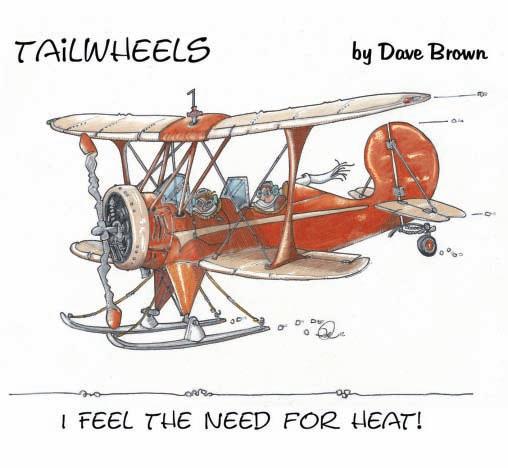
5 minute read
Type Club Corner
Marla Boone
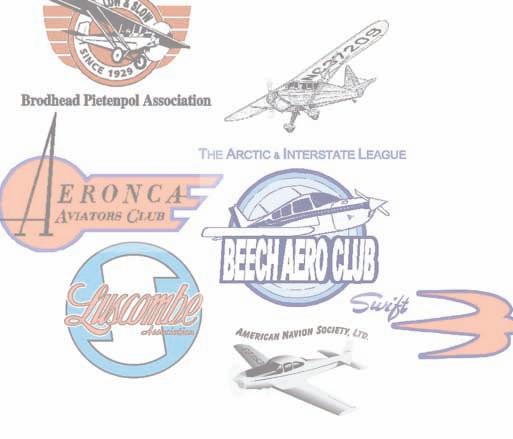

Listening for the sound of success
“In my next life,” I resolved, “my primary training is going to be in a taildragger.”
Unless one learned early on precisely what role feet play in aviation, the fi rst few fl ights in a tailwheel airplane are an exacting reminder. Twenty-six years of fl ying aileron-interconnect Pipers and obedient Cessnas was poor preparation for being at the controls of a Waco. Takeoff s in those Cherokees and Skyhawks require right rudder. Takeoff s in a large biplane requires right rudder. My occasional foray in a Taylorcraft or Pacer gave me a hint of what was in store as my longtime mentor and aircraft partner checked me out in our 1928 ASO.
In what had probably seemed like a good idea at the time, the founders of the Weaver Aircraft Company (Waco) had devised a system of aircraft designation that is fi endish in its simplicity.
Th e fi rst letter denoted the engine type. “A” stood for Wright J5, “D” for Hispano-Suiza, “G” for OX-5, and so on. Th e second letter indicated the wing type. Th is was a little more intuitive, but not much: “S” for Straightwing, “T” for Taperwing, and “P” or “R,” for example, taken from drawings listed by that letter. Th e fi nal letter registered the fuselage type. “O” actually meant 10, and “F” signified the short, compact fuselage that enjoys such immense popularity.

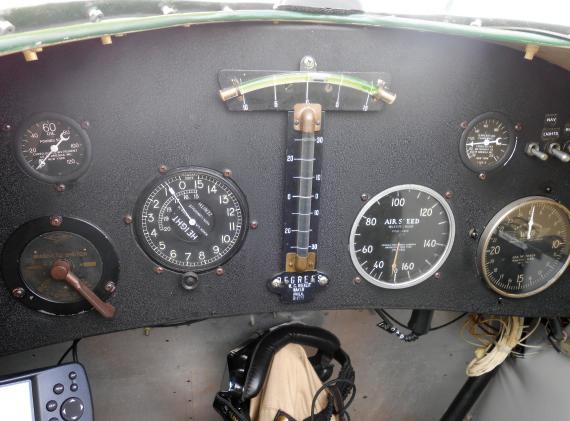

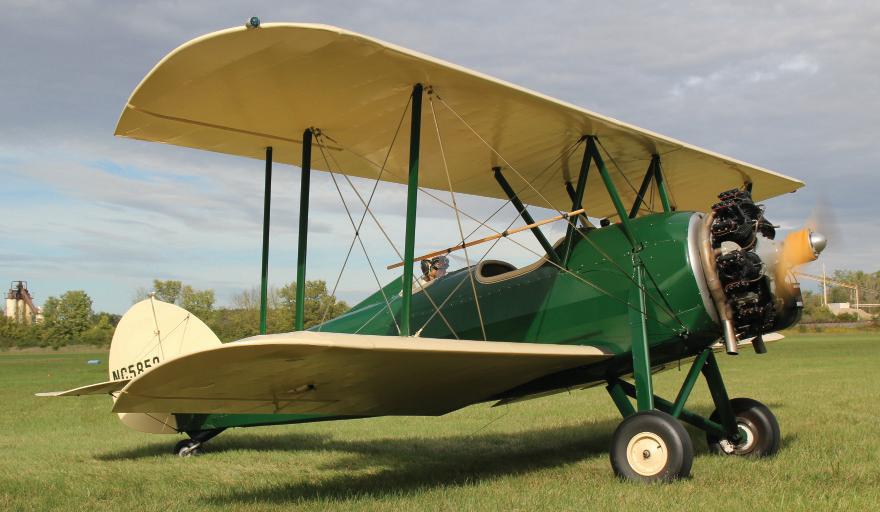
Buck Weaver’s successors ran through practically the entire alphabet in each category, giving us the QDC, the UPF, the YKS, and many more. Then, in 1930, Waco reworked the whole system, confounding future generations of enthusiasts. Th e Waco is as tricky to identify as it is gorgeous to behold.
But, back at the ranch, or in this case, the airport, the few brain cells I could spare from the task at hand kept forwarding helpful messages such as, “Don’t bend the airplane!”
It had taken 11 years for my partners and me to restore our green and cream Straightwing, and the thought of even chipping the paint was enough to make me feel ill. Or maybe that sick sensation came from the nagging realization that sooner or later I was going to have to try to get this thing on the ground in a reusable condition.
Aside from using those fi ve-toed platforms on the
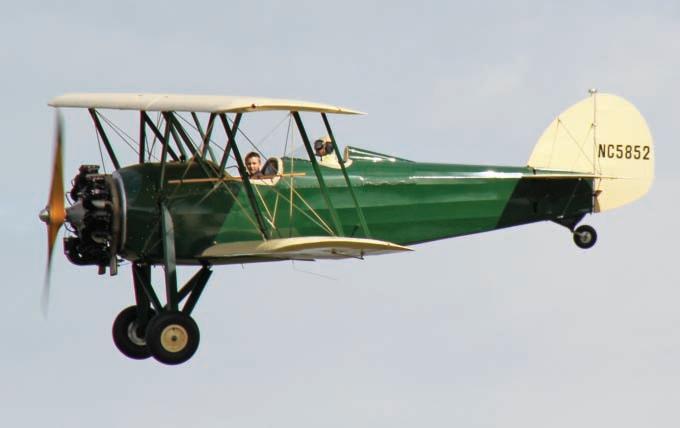
far ends of our legs, another thing a person doesn’t do enough of when flying around in, say, a Bonanza is slips. Slips are something students learn for the checkride and then seldom use except right there at the end on crosswind landings.
Cross-controlling the airplane goes against just about everything we are taught when we’re novice pilots. But when you are peering out of the shuttered confi nes of the rear cockpit surrounded by all manner of wings sprouting from the sides and a sizable round engine churning away in the front, a slip becomes an immediate necessity if you hope to catch a glimpse of the spot on which you’d like to land. Should you foolishly decide to forgo the slip, the only thing you are going to catch a glimpse of is the head of the person in the front cockpit.
In this instance, the head of the person in the front cockpit appeared to be engrossed in some mediumintensity conversation with a higher power as I got the Waco lined up (sort of) with the grass strip we call home.
Have you any idea of the number of ways there are to land an airplane badly? Oh, there are dozens. Perhaps hundreds. In the course of my checkout, I fumbled my ham-handed way through an unhealthy percentage of them.
The soundtrack looping through my head went something like this: “More rudder. More rudder. A little less wing down. Eleven hundred feet over the trees. More rudder. Keep it in the center of the runway. Th e center! Get your feet ready, ready, ready. Slowly raise the nose. Slowly! Don’t jerk back on the stick, you moron. Busy feet. Busy feet. Hold the stick all the way back now.”
And let us not forget the ever-encouraging: “Don’t bend the airplane.” A gentle sigh and a swish. Those were the sounds I was looking for. In ground eff ect, our wings generate a soft whisper when they are on the cusp of running out of lift. “Swish” go the wheels as they reacquaint with the ground when the whole shebang decides to quit fl ying. After braving it out for what must have seemed an endless amount of time and too many circuits of the traffi c pattern to count, my check pilot got out, smiled, and said, “Go have fun.” Fun is an altogether inadequate word. Our Waco is an absolute dream to fly. Even at the ambitious rates we charge ourselves per hour, it still ranks as the cheapest psychiatrist on the planet. Everyday cares and lingering worries have no place in the rarefied arena of opencockpit fl ying. Th is is a world of open vistas, singing wires, and the delicious aroma of hot oil wafting back from the rumbling engine. It is a world as broad as the horizon, yet as narrow as your newly centered self. It is a world in which you get your priorities and your hairdo rearranged at the same time. It is a world that inspires me to be a better pilot. It is a world that moves me to be deserving of it.
Over a decade spent restoring an 84-year-old airplane—more money than is probably practical. Unlearning all my bad habits—more time than it should have taken. Hearing that elusive swish—priceless.
